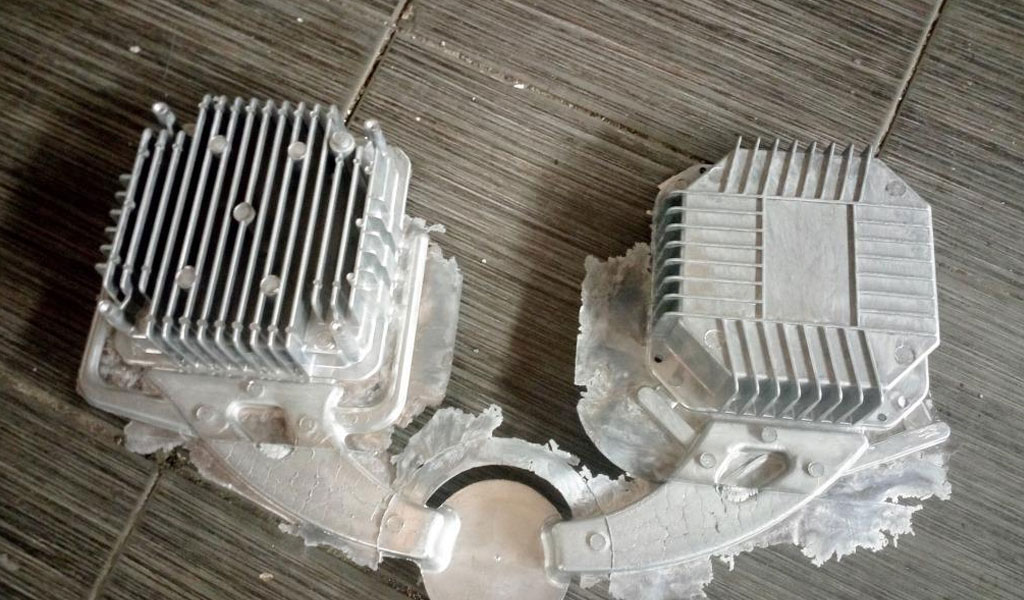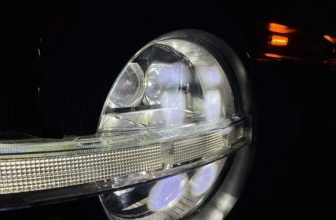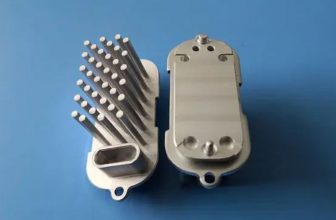
How to Die Cast Street Light Housing
Die casting is a manufacturing process where molten metal is injected into a mold cavity under high pressure. It is widely used to produce metal parts with intricate shapes and fine details. One of the many applications of die casting is the production of street lamp housings. These housings are essential components of street lighting systems, providing the structure that holds and protects the light source and electrical components.
Street lamp housings need to be durable, weather-resistant, and capable of dissipating heat effectively. Die casting, particularly using aluminum alloys, offers these qualities and more. This article will detail the process of die casting street lamp housing, covering the materials, equipment, steps, and quality control measures involved in this manufacturing method.
Materials Used in Die Casting
Aluminum Alloys
Aluminum is the most commonly used material in die casting for street lamp housings. Its properties make it ideal for this application:
- Lightweight: Reduces the overall weight of the lamp post.
- Corrosion Resistance: Essential for outdoor applications exposed to weather elements.
- Thermal Conductivity: Helps in dissipating the heat generated by the light source.
- Strength: Provides structural integrity and durability.
Common aluminum alloys used in die casting include:
- ADC12: Known for good casting properties and excellent mechanical strength.
- A380: Offers a good balance of casting characteristics and mechanical properties.
- A413: Noted for its excellent fluidity, making it suitable for complex shapes.
Zinc Alloys
Zinc alloys, though less common than aluminum die casting, are also used in die casting due to their excellent castability and ability to produce thin-walled components. They provide high strength and wear resistance, which can be beneficial for certain design specifications.
Die Casting Equipment
Die Casting Machine
The die casting machine is the core piece of equipment in the die casting process. It is categorized into two types:
- Hot Chamber Machines: Used for low-melting-point metals like zinc and some magnesium alloys. They have the metal reservoir attached to the machine, where the molten metal is forced into the mold cavity.
- Cold Chamber Machines: Used for high-melting-point metals like aluminum. The molten metal is ladled into the injection system from an external furnace.
Mold (Die)
The mold, or die, is a critical component that determines the shape and features of the final product. It consists of two halves:
- Fixed Die (Cover Half): Attached to the stationary platen of the die casting machine.
- Movable Die (Ejector Half): Attached to the moving platen.
The mold must be precisely machined to form the desired shape of the street lamp housing. It typically includes:
- Cores and Cavities: Form the internal and external shapes of the part.
- Cooling Channels: Regulate the temperature during the casting process.
- Ejector Pins: Remove the part from the die after solidification.
Furnace
The furnace is used to melt the metal before it is injected into the mold. For aluminum, a crucible furnace or a reverberatory furnace is commonly used. The furnace must maintain a consistent temperature to ensure the metal remains in a molten state for smooth injection.
Other Auxiliary Equipment
- Ladles: For transferring molten metal from the furnace to the die casting machine.
- Lubrication Systems: For applying die release agents to the mold, preventing the metal from sticking.
- Trimming Presses: For removing excess material (flash) from the cast parts.
- Inspection Tools: For quality control, including calipers, coordinate measuring machines (CMM), and X-ray machines for detecting internal defects.
The Die Casting Process
Design and Prototyping
- Concept and Design: The process begins with the conceptualization and design of the street lamp housing. Computer-aided design (CAD) software is used to create detailed drawings and 3D models.
- Simulation and Analysis: Before manufacturing the mold, simulations are conducted to predict the flow of molten metal, solidification, and potential defects. This helps in optimizing the design and improving the quality of the final product.
- Prototyping: In some cases, a prototype may be created using 3D printing or other rapid prototyping techniques to validate the design.
Mold Manufacturing
- Material Selection: The mold is typically made from tool steel or other durable materials capable of withstanding high temperatures and pressures.
- Machining: CNC machining, electrical discharge machining (EDM), and other precision techniques are used to create the mold with the required features.
- Heat Treatment: The mold components may undergo heat treatment to enhance their hardness and durability.
- Assembly and Testing: The mold is assembled, and trial runs are conducted to ensure it produces parts within the required tolerances.
Melting and Injection
- Metal Melting: The chosen metal alloy is melted in the furnace. For aluminum, the melting temperature is typically around 660°C (1220°F).
- Die Preparation: The die is preheated and coated with a release agent to facilitate the removal of the cast part.
- Injection: Molten metal is injected into the die cavity under high pressure (typically ranging from 1000 to 20000 psi). The high pressure ensures that the metal fills all the intricate details of the mold.
- Solidification: The metal quickly solidifies in the die, forming the shape of the street lamp housing.
Ejection and Trimming
- Ejection: Once the metal has solidified, the die opens, and ejector pins push the cast part out of the mold.
- Trimming: Excess material, known as flash, is removed from the cast part. This is typically done using trimming presses or other cutting tools.
Post-Casting Processes
- Surface Treatment: The cast parts may undergo surface treatments such as shot blasting, sanding, or polishing to improve their appearance and remove any surface imperfections.
- Machining: Additional machining may be required to achieve precise dimensions and tolerances for certain features of the street lamp housing.
- Coating and Painting: To enhance corrosion resistance and aesthetic appeal, the parts may be coated with paint, powder coating, or anodizing.
Quality Control
- Visual Inspection: Each part is visually inspected for surface defects such as cracks, porosity, or incomplete filling.
- Dimensional Inspection: Critical dimensions are measured using tools such as calipers, micrometers, or CMMs to ensure they meet the design specifications.
- Non-Destructive Testing (NDT): Techniques such as X-ray inspection, ultrasonic testing, or dye penetrant inspection are used to detect internal defects.
- Mechanical Testing: Samples may undergo mechanical tests such as tensile testing, hardness testing, and impact testing to verify their material properties.
Assembly and Packaging
- Assembly: If the street lamp housing consists of multiple components, they are assembled as per the design requirements.
- Final Inspection: A final inspection ensures that the assembled parts meet all quality standards and specifications.
- Packaging: The finished street lamp housings are carefully packaged to prevent damage during transportation and storage.
Conclusion
Die casting is an efficient and effective manufacturing process for producing high-quality street lamp housings. The process involves several steps, from design and prototyping to mold manufacturing, metal melting and injection, and post-casting processes. By using materials like aluminum alloys, die-cast street lamp housings offer the necessary strength, durability, and thermal conductivity for outdoor lighting applications.
Quality control is an integral part of the die casting process, ensuring that the final products meet the required standards and specifications. With advances in technology and continuous improvements in die casting techniques, the production of street lamp housings continues to evolve, contributing to more efficient and reliable street lighting systems.
References
- Campbell, J. (2003). Castings. Butterworth-Heinemann.
- Davis, J. R. (Ed.). (1993). ASM Handbook: Volume 15: Casting. ASM International.
- Sahoo, K. L., & Panigrahi, S. K. (2009). Die Casting: Overview. Encyclopedia of Aluminum and Its Alloys.
- Streets, P. (2014). Fundamentals of Die Casting Design. The North American Die Casting Association.







